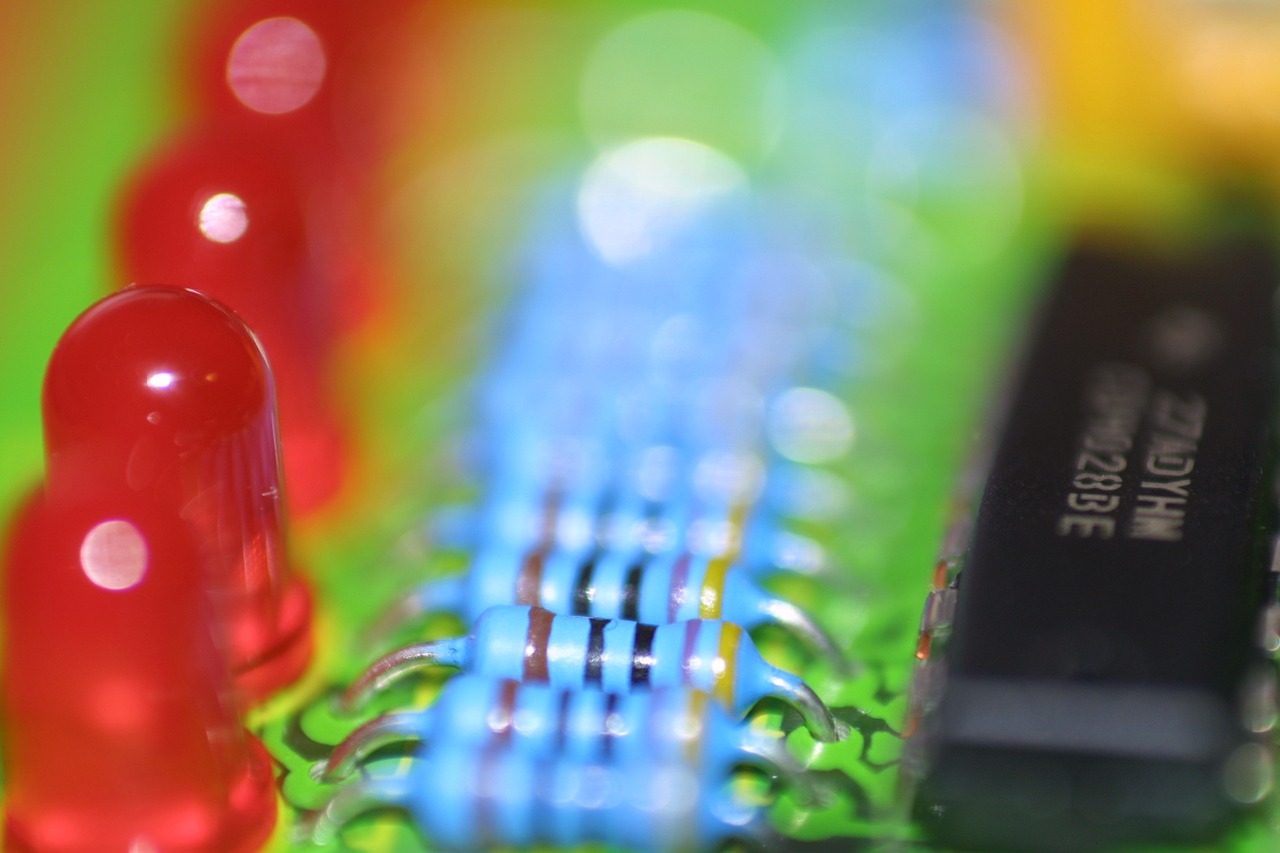How To Visualize Your YouTube Playlists Through A Circuit Board

Introduction
We all enjoy having some of our favorite music handy, and the option of creating playlists on YouTube makes it easy. No matter what music you actually own, you can queue up anything you like at a given moment or on a given day and simply enjoy as long as you like.
That’s about all there is to it. But if you want to enhance your playlists a little bit more, you can also do a little bit of tech engineering to add a visual component. Granted, plenty of music on YouTube involves engaging visuals already, but most of us aren’t making playlists to sit and watch the videos. Rather, we’re referring to a fun project you can take on in order to bring a visual representation of sound into your room.
Specifically, we’re talking about the idea of building an audio visualizer with a circuit board and some LEDs. And while we won’t write up a full blueprint for such a project — because it can be done in a variety of ways — we will offer a few more words on how to go about it below….
Choose Your Board
Your first step should be to choose a circuit board, or at least a type of circuit board, that you’re comfortable working with for this kind of project. The primary option for those with an interest in really making a project out of this, and having total creative control over the product, is to learn PCB design. This is something you can do via software you can download online, and while it’s complex at first for beginners, simple projects are fairly manageable. In relatively short time, you can work your way toward creating a circuit board that will operate an LED board responding to music.
Alternatively, if you’re looking for more of a beginner route — or you simply don’t want the project to be too time-consuming — you can opt for an Arduino board. These electronic project tools are made to help people with personal projects, which means two things. First, you don’t need to learn much about engineering or circuit design to make a product with Arduino; second, you’re more likely to find an exact guide or tutorial for the kind of product you want to undertake.
Secure Your Materials
We won’t cover too many specifics here because the materials you need will depend largely on what kind of board you’re using and how you’re going about setting up your visualizer. If you’re opting to design something from scratch via PCB software, for instance, most of the final apparatus will come with the board you ultimately have made. You’ll only need a casing for the circuit board and a means of connecting it to your LEDs. On the other hand, if you’re designing with Arduino, you’ll need to shop around a little bit more beyond the standard Arduino kit you purchase. In addition to LEDs and their display board, you’ll need various resistors and capacitors, as well as a capable soldering iron for the actual board engineering.
Whatever the case though, do consider the sourcing and securing of material as part of the process.
Find Guidance or Notes
If you’re approaching a project like this without experience in electrical engineering or the programming of your own hardware inventions, you’re best off finding existing guidance or notes on how to go about the project. This is not always feasible for every sort of creation, but in this case it is, because designing an LED board to display sound visually is actually not an uncommon project. Case in point, you’ll find one relatively low-tech guide to building an “audio spectrum visualizer” within a fun write-up of cool project ideas for DIY enthusiasts using Arduino. Where the PCB option is concerned you’re less likely to find a step-by-step tutorial, but you can certainly find help with the general sort of design you want to work on.
It is possible to take it all on from scratch on your own, mind you. But if this is a beginner venture, a bit of inspiration and instruction goes a long way.
Build, Sit Back, & Enjoy!
Once you’ve chosen your method, materials, and specific design process, all that’s left is to build the thing, throw on some music, and enjoy it! It’s a modest project in the end, but it can heighten your listening experience to a surprising degree, particularly if you really love your music. There’s just something satisfying about having an LED board pulsing to the sounds of your favorite songs — especially if you built it to do so yourself.